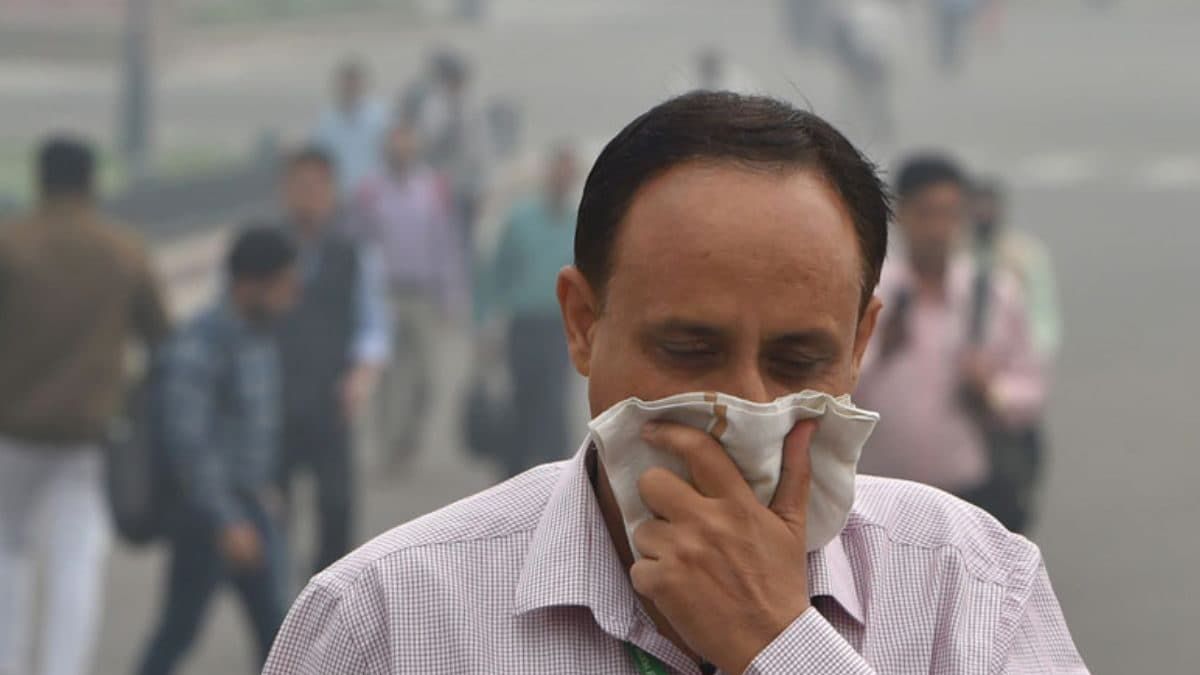Air pollution affects various organs in the body.
Dr Aman Salwan, Senior Consultant and Interventional Cardiologist, CARE Hospitals, Nampally, Hyderabad, shares how air pollution affects heart diseases.
Air pollution has become a major global concern due to its detrimental effects on human health and the environment. Among the various health risks associated with air pollution, an emerging area of concern is its impact on heart failure.
Particulate matter (PM), a key component of air pollution, has been identified as a significant contributor to heart failure. Fine particles, known as PM2.5, and coarse particles, known as PM10, are inhalable particles that can penetrate the respiratory system and enter the bloodstream. Once in the bloodstream, these particles can trigger inflammation and oxidative stress, leading to adverse cardiovascular effects.
One of the ways by which air pollution affects heart failure is by exacerbating existing cardiovascular conditions. People with pre-existing heart conditions, such as coronary artery disease, are particularly vulnerable. The inflammatory response induced by exposure to air pollutants can worsen arterial stiffness and endothelial dysfunction, contributing to the progression of heart failure. Additionally, air pollution has been linked to the development of risk factors for heart failure, such as hypertension and atherosclerosis.
Additionally, the impact of air pollution on heart failure extends beyond particles. Gaseous pollutants such as nitrogen dioxide (NO2) and ozone (O3) have been implicated in cardiovascular complications. Nitrogen dioxide, emitted primarily by vehicle exhaust and industrial processes, has been associated with increased cardiovascular mortality and hospital admissions for heart failure. Ozone, a major component of smog, has been linked to the development of heart failure by promoting inflammation and oxidative stress.
Environmental considerations for understanding the impact of air pollution on heart failure include geographic and temporal variations. Urban areas with high levels of traffic and industrial activities often experience elevated concentrations of air pollutants, putting residents at higher risk of cardiovascular diseases, including heart failure. Additionally, seasonal variations and climatic factors can influence the dispersion and concentration of air pollutants, leading to fluctuating risks over time.
Addressing the impact of air pollution on heart failure requires a multifaceted approach. Implementing and enforcing stricter air quality standards, promoting sustainable urban planning and transitioning to cleaner energy sources are crucial steps. Public awareness campaigns and individual behavioral changes, such as reducing vehicle emissions and minimizing exposure during high pollution episodes, also play a role in mitigating the impact of air pollution on cardiovascular health.
The adverse effects of particulate matter, gaseous pollutants, and their complex interactions with cardiovascular health emphasize the need for comprehensive efforts to reduce air pollution and protect vulnerable populations from the debilitating consequences of heart failure.












